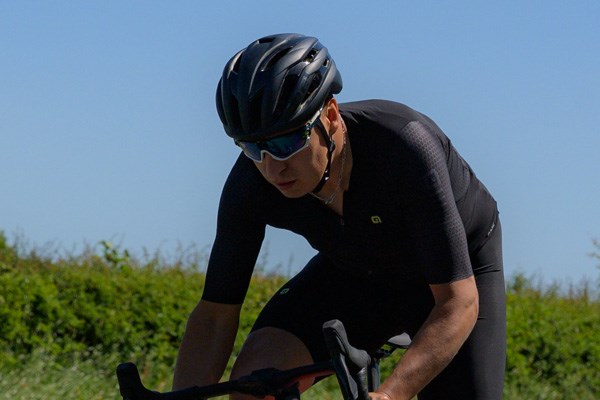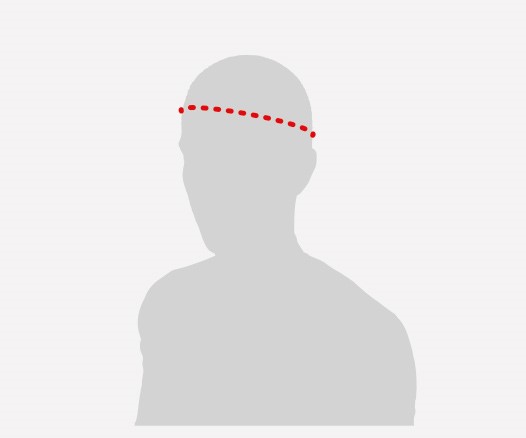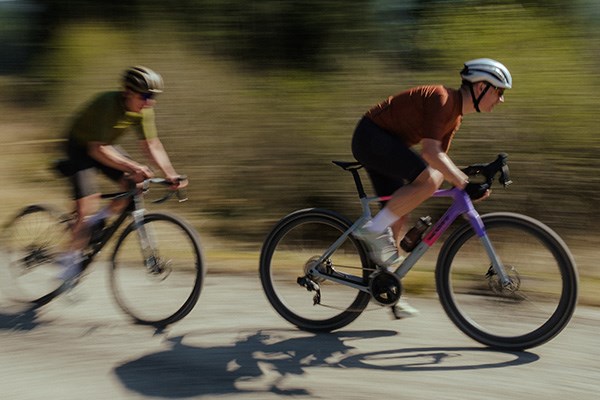A quality road cycling helmet is an essential piece of kit for any rider wanting to ride on the road, offering protection, comfort and performance benefits every time you ride. Designed to be lightweight, aerodynamic and highly ventilated, road helmets are built to keep you cool on long climbs and stable at high speeds.
Many now feature advanced safety systems like MIPS for added impact protection, as well as dial-fit adjusters and sleek profiles that reduce drag. Whether you're commuting, racing, or just riding for the joy of it, the right helmet helps you ride with confidence, knowing you're protected without compromising on comfort or style.
Road Helmet Features
Ventilation
Ventilation is a key feature in any good road cycling helmet, especially when you're racking up the miles or riding in warmer conditions. A well-ventilated helmet helps regulate your body temperature by allowing cool air to flow over your head while pushing hot air out the back.
Most road helmets use carefully designed vent channels and internal airflow systems to maximise cooling without compromising protection. The result is a helmet that feels fresh and comfortable even during tough climbs or summer rides.

Aero
Aerodynamic road cycling helmets are built for speed. Designed to minimise air resistance, they use wind-tunnel-tested shapes to help you ride more efficiently, ideal for racing, time trials or fast-paced group rides. These helmets often feature a smoother, more rounded profile with fewer external vents to reduce drag, channelling airflow cleanly around your head.
Some models strike a smart balance between aero gains and ventilation, making them practical for everyday road use as well as race day. Whether you're chasing a PB or just enjoy riding fast, an aerodynamic helmet can give you that extra edge without sacrificing comfort or safety.

Lightweight
Road cycling helmets are often lighter in weight compared to other discipline specific helmets. Stripped of unnecessary bulk but still offering full protection, they’re perfect for long climbs, endurance rides, and any situation where saving grams matters. A lighter helmet reduces strain on your neck and shoulders, especially over long distances, helping you stay fresher in the saddle.
Despite their low weight, modern designs don’t compromise on safety and many still feature advanced impact protection like MIPS, along with high-quality fit systems and excellent ventilation.

Vents for Sunglasses
Road cycling helmets with built-in sunglasses vents or holders offer a smart solution for managing your eyewear mid-ride. These cleverly integrated features allow you to securely stow your sunglasses in specially designed front vents or grip points on the helmet when you’re not wearing them to keep them safe.
Ideal for long climbs, low-light conditions or café stops, they keep your lenses safe, scratch-free and within easy reach. They also prevent the need to awkwardly tuck glasses into jersey collars or pockets.

How Do I Choose the Right Size Helmet?
Finding the right size matters more than any feature, so it’s best to measure the circumference of your head and compare this with the correct size chart.
1. Place a flexible tape measure in the centre of your forehead.
2. Wrap around your head just above your ears.
3. Make sure the tape crosses the occipital bone (bump at the back of your head).
4. Check the size guide for the helmet you want to buy and pick the size that matches best.
Note: If you’re between sizes, it’s generally recommended to opt for the smaller size as it’ll be snug and offer a more secure fit.

What Type of Helmet Do I Need?
The right road cycling helmet depends on your riding style. For racing or riding fast go aerodynamic and lightweight. For endurance and club rides, prioritise ventilation and comfort. MIPS or similar rotational impact protection is a great safety upgrade. Ensure a snug fit and look for adjustable retention for all-day stability.
Bike Helmets Guide
If you're still unsure which helmet suits your needs, whether you're after extra protection, a visor for sun and rain, check out our Bike Helmets Guide below. It covers all helmet types, key features to look out for, and tips on getting the perfect fit.







